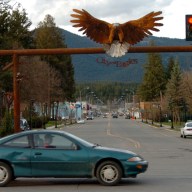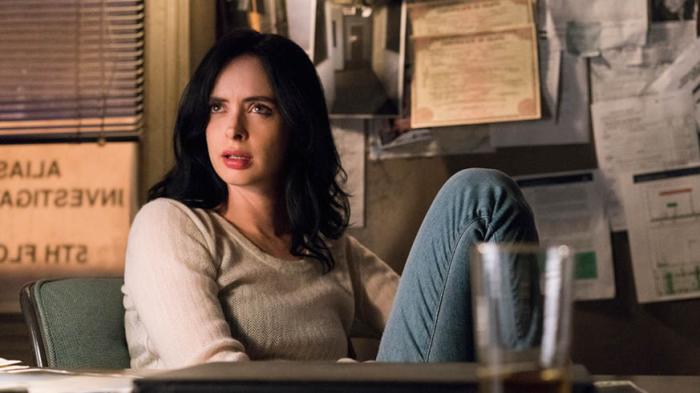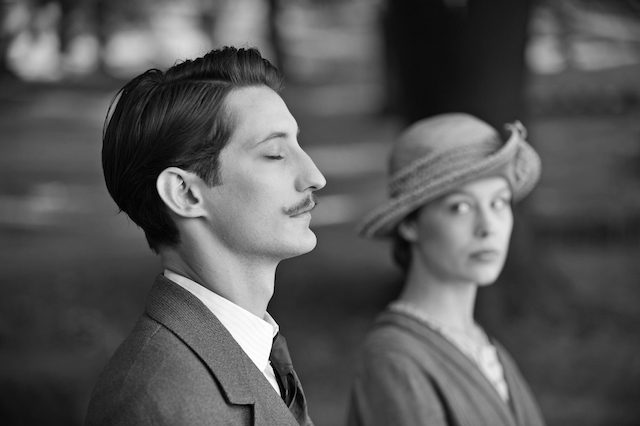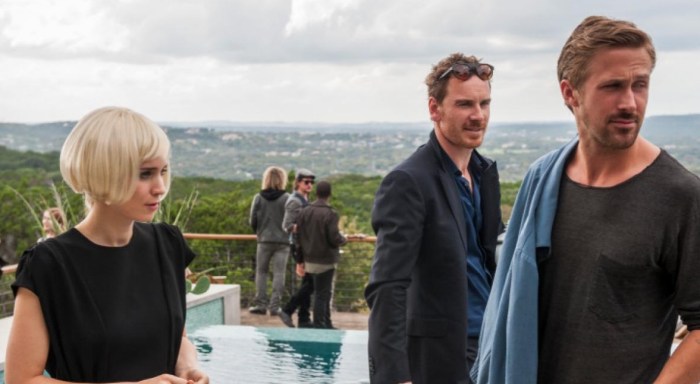‘Silence’ Is it silly to note that a movie called “Silence” is shockingly quiet? If you’re talking about a new Martin Scorsese picture, perhaps it isn’t. He’s one of the few filmmakers who’s also a celebrity, yet his movies tend to be thought of as keyed-up, aggressive, macho, drenched in rock-’n’-roll. That really only describes three of his movies, though: “Goodfellas,” “Casino” and “The Wolf of Wall Street” — a mere eighth of his output. Scorsese can also be funny (“After Hours”), lush and melancholic (“The Age of Innocence”), contemplative (“Kundun”). He contains multitudes. Still, there’s nothing on Scorsese’s CV to suggest he could make a film as serene as “Silence.” Even his more sedate films remain highly stylized, the shots and cuts perfectly sculpted, the pace always lunging forward. And yet much of “Silence” is very still. The camera movements, the lighting, the soundtrack — none of it is overly expressionistic. You can see him being influenced by the tranquil likes of Yasujiro Ozu, Andrei Tarkovsky and Jim Jarmusch — filmmakers whose work washes over you, using the form to create safe spaces of pure calm, divorced from the world even as it engages with it like few have. But it never feels like Scorsese is stealing from others. It’s an artist creating a new language we’ve never heard him, or anyone else, speak. RELATED: The top 10 best films of 2016 (and 15 more that were great, too) “Silence” is Scorsese’s third full-on religious film, but it’s unlike “The Last Temptation of Christ” and “Kundun,” except in this: It wrestles with the doubt that plagues even, maybe especially the most faithful. Andrew Garfield and Adam Driver play Rodrigues and Garrpe, Jesuit priests from Portugal who decide to travel to Japan at a terrible time in history: It’s the 17th century, and the nation has declared war on Christianity, which they see as cultural invasion. They want to make Japan great again; they just get a little too into it. Priests and converts who refuse to denounce Jesus are met with unnecessarily creative torture and death. Rodrigues and Garrpe are on the hunt for Ferreira (Liam Neeson), a padre rumored to have “apostatized.” But it doesn’t take long — well, over an hour of 161 minutes — for their journey to turn mega-super-duper-ultra-grim. Even when it does, “Silence” is no parade of misery. This isn’t “The Passion of the Christ,” which rubs our noses in torture and anguish and gaping flesh wounds. Scorsese shoots all of it almost matter-of-factly, be it shots of nature or people being crucified at sea or burned alive. You almost can’t believe what you’re seeing because he’s not underlining it with crazy camera moves or shocking close-ups or even loud noises. One character’s death is depicted so calmly we can’t even be sure what we just witnessed, even after the deed is done. When we say “Silence” is slow, we mean that as a high compliment. Its sense of pace is so steady, so assured that, as in the films of Bela Tarr, it almost changes our body chemistry just watching it. We settle into its groove and are jerked out of it only by the occasional, sudden burst of violence — or, in a rare moment of comic-ish relief during one of many grilling sessions, a bit where the body of the kindly, polite, Christoph Waltz-y head interrogator (Issey Ogata) seems to sink in on itself. (It’s hard to describe; you just have to see it and marvel.) It’s not just slow pace for slow pace’s sake; the longeurs encourage you to notice its complexity. Rodrigues and Garrpe aren’t only wrestling with whether God is real. They worry that the Japanese have a point — that it is arrogant for outsiders to swoop in and tell a country they picked the wrong religion. When their captors tell them that their refusal to denounce their god will in fact lead to the torture and killing of their Japanese converts, they’re forced to wonder if they’re indeed being selfish, viewing themselves as martyrs not unlike their savior. There’s no easy answer, and they have to come up with a new, perhaps taxing solution if they want to be able to live with themselves. “Silence” is a new kind of movie, too. It is, for one thing, deeply unfashionable filmmaking. Scorsese’s latest enters theaters as a near-three-hour slow-burner, fighting off clangy, busy comic book movies and cartoons about talking, farting animals. It’s a religious movie about how doubt can strengthen one’s faith, fighting for believers’ dollars against cynical dreck like “God’s Not Dead 2,” which exploit and exacerbate fears of Christian victimization. It’s not even, apparently, much of an awards movie (read: Oscar bait). The fanfare for “Silence” is, indeed, quiet — suspiciously quiet, as though it were a harder sell than “The Wolf of Wall Street,” a three-hour hard-R bacchanalia that frontloaded a very famous actor smoking crack out of a hooker’s nether regions. Perhaps it is a harder sell. It seems to exist alien to all other movies, even Scorsese’s. And as such, this film finds a storied filmmaker fighting for his chosen, allegedly dying medium’s greatness — and, at least in terms of quality, winning. Follow Matt Prigge on Twitter @mattprigge
Director: Martin Scorsese
Stars: Andrew Garfield, Liam Neeson
Rating: R
5 (out of 5) Globes
‘Silence’ finds Martin Scorsese trying something new (and great)
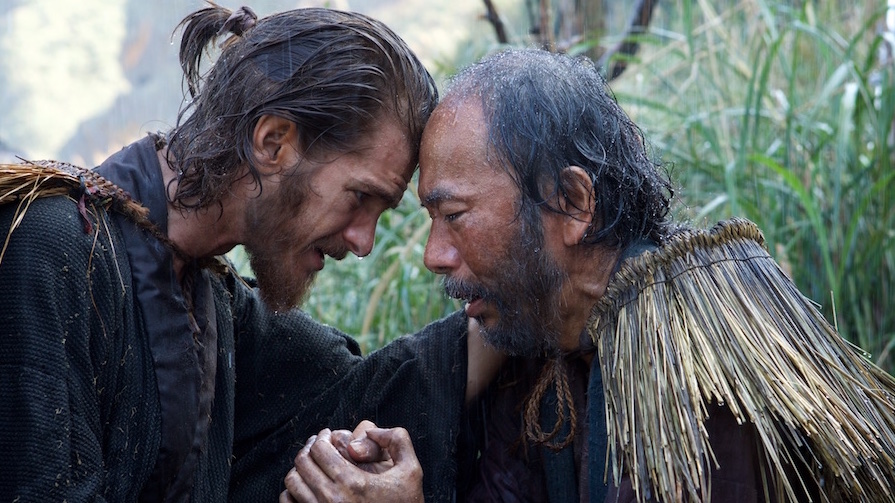
Kerry Brown










